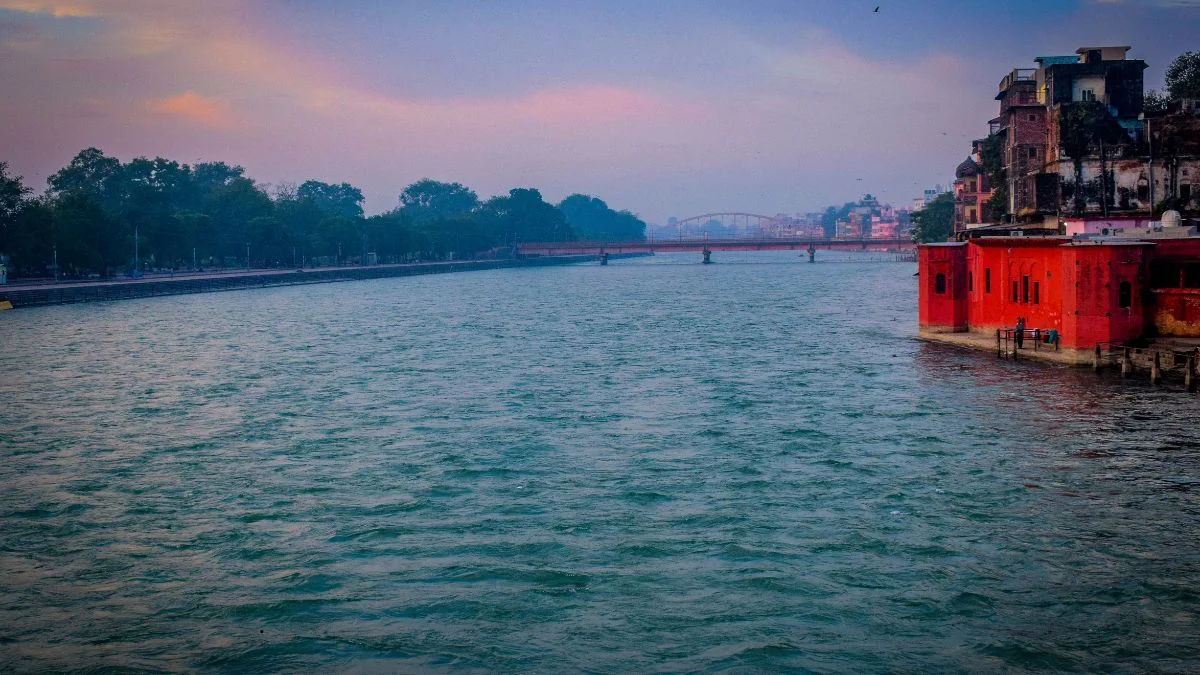The Namami Gange Programme, an initiative launched by the Government of India in 2014 to rejuvenate the Ganga River, has been extended until March 2026 with an increased budget of ₹22,500 crore. The program, which initially had a budgetary allocation of ₹20,000 crore for five years (up to 2021), aims to mitigate pollution, improve water quality, and restore the ecological balance of the Ganga and its tributaries.
Key Initiatives Under Namami Gange
The government has intensified its efforts to control pollution, enhance sewage treatment capacity, and promote ecological sustainability under this mission. Some of the major interventions include:
-
Pollution Control Measures: Over 206 sewage infrastructure projects have been sanctioned, with ₹33,003.63 crore allocated. Of these, 127 sewage projects have been successfully completed, significantly reducing pollution levels in the river.
-
Afforestation & Biodiversity Conservation: ₹905.62 crore has been allocated to biodiversity and afforestation projects, with 56 projects undertaken to restore natural ecosystems along the river.
-
Infrastructure Development: Recently, the National Mission for Clean Ganga (NMCG) approved the interception and diversion of the Durga Drain in Varanasi, along with a 60 MLD sewage treatment plant (STP) at a cost of ₹274.31 crore. Additionally, the government has sanctioned three STPs in Bhadohi worth ₹127.26 crore to prevent untreated sewage from entering the Varuna River, a Ganga tributary.
Ganga River: India’s Lifeline
The Ganga River Basin spans over 11 states, covering 27% of India’s total landmass and supporting 47% of the population. However, excessive water abstraction, industrial pollution, and deforestation continue to pose severe threats to its ecosystem. The government has implemented Integrated River Basin Management (IRBM), formulated by seven IITs, to address these challenges.
Progress Achieved So Far
As of January 31, 2025, the government has:
- Launched 492 projects worth ₹40,121.48 crore.
- Successfully completed 307 projects under various phases of the initiative.
- Established seven biodiversity parks across Uttar Pradesh and restored five priority wetlands in Uttar Pradesh, Bihar, and Jharkhand.
- Afforested 33,024 hectares along the river at a cost of ₹398 crore to restore ecological balance.
Future Roadmap
The government is working towards achieving the prescribed bathing standards for the Ganga River by 2025. Key future initiatives include:
- Expanding common effluent treatment plants (CETPs) in industrial zones like Jajmau and Mathura.
- Strengthening community participation through public awareness campaigns and scientific research.
- Implementing a National Framework for Safe Reuse of Treated Water to promote wastewater management.
The Namami Gange Programme continues to play a pivotal role in India’s water conservation efforts, with sustained investments and strategic interventions aimed at ensuring a clean and thriving Ganga for future generations.


